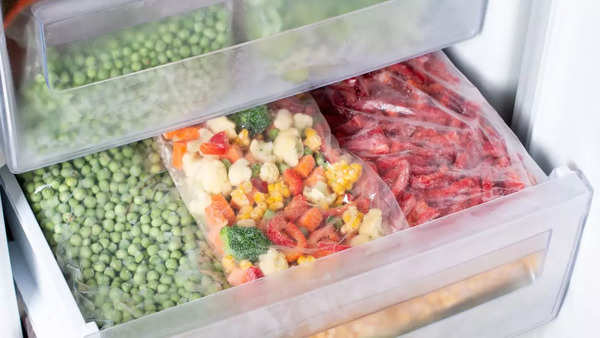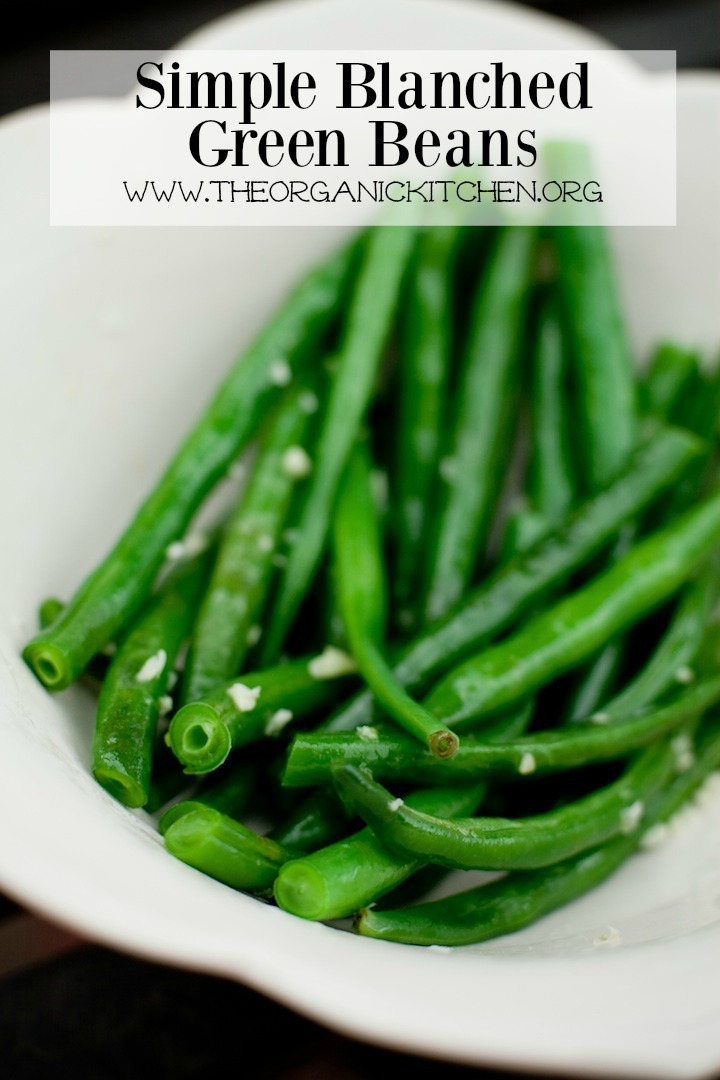

(See cleanliness, below.)įreezing won’t destroy bacteria or organisms like Clostridium botulinum or E Coli or any other for the most part, it just holds them in a kind of suspended animation. And of course, you can introduce them yourself once in your home. Spoilage organisms can be present on your green beans as they grow or introduced along their travels to get to you. These are freshly blanched, ready to freeze or toss in fridge to cook later Food Safety while Blanching & Freezing Beans: The preferred method for green beans is to blanch in boiling water ( water blanch.) Blanching can be done by steaming, boiling, or in the microwave and has the added benefit of destroying some of the micro-organisms that might be present. The first is citric acid (some use Vitamin C), a common food additive, which isn’t recommended for green beans, and the other is blanching. Two things are commonly used when freezing to stop enzymatic action. That is why Green Beans (and any other beans, along with all kinds of vegetables, fruit, and other food) that aren’t treated, with enough time, will not be so attractive when they come out of the freezer.


Unfortunately, enzymes are still at work at freezer temperatures. And yet still they continue after food has ripened – until the food has unattractive textural and color changes. Even after your vegetable is picked, those enzymes work heroically, turning green tomatoes into red, turning avocados from hard to soft, and so on. Their job is to ripen and mature your food. All vegetables and many other plants (and animal products) have proteins present called enzymes.


 0 kommentar(er)
0 kommentar(er)
